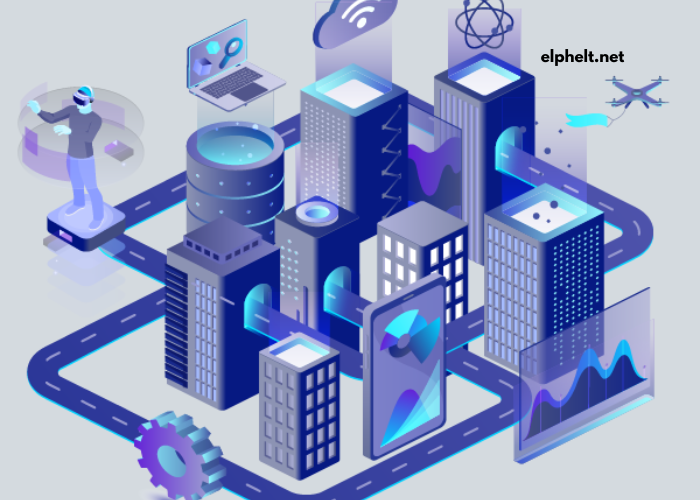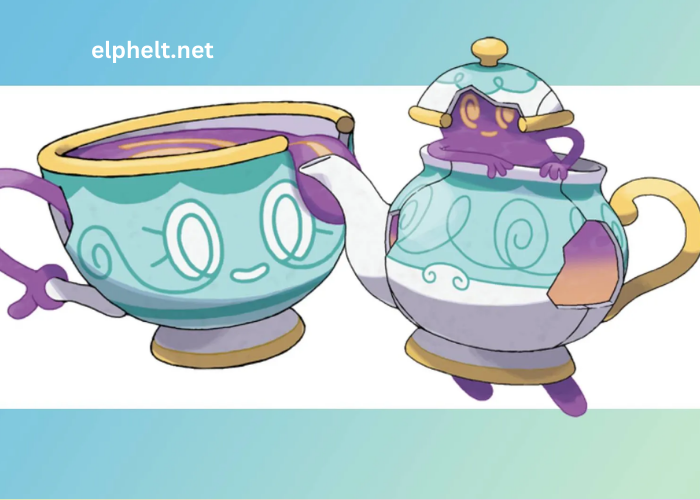In today’s rapidly evolving world, technology continues to advance at an unprecedented pace. From artificial intelligence (AI) to blockchain and quantum computing, these emerging technologies are revolutionizing industries and shaping the future of society. This article will explore the top emerging technologies you need to know about and how they are transforming various sectors.
Artificial Intelligence (AI) and Machine Learning
The Rise of AI and Its Impact on Industries
Artificial Intelligence (AI) has been making significant strides in recent years, impacting everything from healthcare to finance, manufacturing, and entertainment. AI refers to the simulation of human intelligence in machines that are programmed to think and learn like humans. Machine learning, a subset of AI, involves training algorithms to learn from data and improve over time without human intervention.
AI has already begun transforming industries in remarkable ways. In healthcare, AI-powered systems can analyze medical data, assist in diagnostics, and even predict disease outbreaks. In the finance sector, AI-driven algorithms are used for fraud detection, personalized recommendations, and automated trading.
The Future of AI and Machine Learning
As AI continues to evolve, its capabilities will expand, leading to even more innovation. With advancements in deep learning, natural language processing, and reinforcement learning, AI will become even more integrated into daily life, from virtual assistants like Siri and Alexa to autonomous vehicles.
Blockchain Technology
What is Blockchain and How Does it Work?
Blockchain technology is best known for being the foundation of cryptocurrencies like Bitcoin, but its applications go far beyond digital currencies. At its core, blockchain is a decentralized and distributed digital ledger that records transactions across multiple computers in a secure and transparent way. This technology eliminates the need for intermediaries, such as banks or government authorities, making transactions more efficient and less vulnerable to fraud.
Blockchain has gained significant attention in recent years due to its potential to revolutionize various industries. For example, in supply chain management, blockchain allows for the tracking of goods from origin to destination, ensuring transparency and reducing the risk of counterfeit products. In the healthcare industry, blockchain can be used to securely store patient data, ensuring privacy and ease of access.
Blockchain’s Potential in Various Sectors
Beyond cryptocurrency, blockchain has the potential to disrupt industries such as banking, real estate, and even voting systems. In the banking sector, blockchain can facilitate faster and cheaper cross-border payments, while in real estate, it can streamline property transactions, reducing the need for paper-based documentation.
Quantum Computing
The Basics of Quantum Computing
Quantum computing is another emerging technology that is garnering a lot of attention due to its potential to solve complex problems that classical computers cannot. Unlike classical computers, which use bits to represent data as either 0 or 1, quantum computers use quantum bits, or qubits, which can exist in multiple states simultaneously due to the principles of quantum mechanics.
This ability to process massive amounts of data at once gives quantum computers a significant edge in solving problems related to cryptography, material science, and drug discovery, among others.
Quantum Computing’s Potential to Revolutionize Industries
Quantum computing has the potential to revolutionize industries by enabling breakthroughs in areas such as drug development, climate modeling, and financial modeling. For example, pharmaceutical companies could use quantum computing to simulate molecular interactions and discover new drugs faster and more efficiently. In the field of climate science, quantum computers could help model the complex interactions within the Earth’s atmosphere, leading to more accurate predictions of climate change.
5G and Beyond
The Evolution of 5G Networks
5G technology is the fifth generation of wireless networks, offering faster speeds, lower latency, and greater capacity compared to its predecessors. This advancement in connectivity is set to revolutionize industries such as telecommunications, healthcare, and manufacturing.
5G networks will enable faster data transfer, which is critical for applications such as autonomous vehicles, smart cities, and the Internet of Things (IoT). With 5G, devices will be able to communicate in real-time, opening up new possibilities for innovation in sectors like healthcare, where remote surgeries and telemedicine will become more reliable and efficient.
The Future of 5G and Beyond
While 5G is already being rolled out globally, the development of 6G is already underway. 6G promises even faster speeds, greater connectivity, and more advanced features, such as the integration of AI and quantum computing. As 6G networks emerge, they will pave the way for more advanced applications, including holographic communication, enhanced virtual reality, and ultra-reliable low-latency services.
Augmented Reality (AR) and Virtual Reality (VR)
Understanding AR and VR Technologies
Augmented Reality (AR) and Virtual Reality (VR) are immersive technologies that are changing the way we interact with digital content. While AR overlays digital elements onto the real world, VR creates entirely virtual environments that users can interact with. Both technologies have found applications in industries ranging from entertainment and gaming to healthcare and education.
In the gaming industry, VR allows users to experience games in a fully immersive 3D environment, while AR enhances real-world experiences by adding virtual elements. For example, Pokémon GO is a popular AR game that allows users to interact with virtual creatures in real-world locations.
The Impact of AR and VR on Various Sectors
In healthcare, AR and VR technologies are being used for training medical professionals, simulating surgeries, and assisting with pain management. In education, VR is being used to create immersive learning experiences, allowing students to explore historical events, distant planets, or even the human body in 3D. These technologies are also revolutionizing the retail industry by enabling virtual try-ons and personalized shopping experiences.
Internet of Things (IoT)
What is IoT and How Does it Work?
The Internet of Things (IoT) refers to the network of physical devices, vehicles, appliances, and other objects embedded with sensors and software that enable them to collect and exchange data. IoT has the potential to create smarter homes, cities, and industries by connecting devices and enabling them to communicate with each other.
In a smart home, IoT devices can be used to control everything from lighting and temperature to security systems and appliances. In industries such as manufacturing, IoT sensors can monitor equipment health, optimize production processes, and improve supply chain management.
The Future of IoT and Smart Devices
As IoT technology advances, the number of connected devices is expected to grow exponentially, creating new opportunities for innovation. Smart cities, for example, could leverage IoT to optimize traffic flow, reduce energy consumption, and improve public safety. In healthcare, IoT-enabled devices could monitor patients’ vital signs in real-time, allowing for more proactive and personalized care.
Robotics and Automation
The Role of Robotics in Modern Industries
Robotics and automation are technologies that are reshaping industries by enabling machines to perform tasks traditionally done by humans. Robotics involves the design, construction, and operation of robots, while automation refers to the use of technology to perform tasks without human intervention.
In industries such as manufacturing, robotics is being used to automate repetitive tasks, improving efficiency and reducing human error. In healthcare, robots are being developed to assist in surgeries, assist with patient care, and perform diagnostic tasks.
The Future of Robotics and Automation
The future of robotics and automation looks promising, with advancements in AI, machine learning, and sensor technology. In the coming years, we can expect to see more collaborative robots (cobots) that work alongside humans in various industries, improving productivity and safety. Autonomous robots, such as delivery drones and self-driving cars, are also expected to become more common, transforming sectors such as logistics and transportation.
Conclusion
The emerging technologies discussed in this article are just a glimpse into the future of innovation. From AI and blockchain to quantum computing, 5G, and beyond, these technologies are not only transforming industries but also shaping the way we live, work, and interact with the world. Staying informed about these advancements will be crucial for businesses and individuals looking to stay ahead in an increasingly technology-driven world. By embracing these emerging technologies, we can unlock new opportunities and build a more connected, efficient, and sustainable future.
As we move forward, the continued development and integration of these technologies will undoubtedly lead to groundbreaking innovations, and it will be exciting to see how they continue to evolve and impact various sectors in the years to come.







